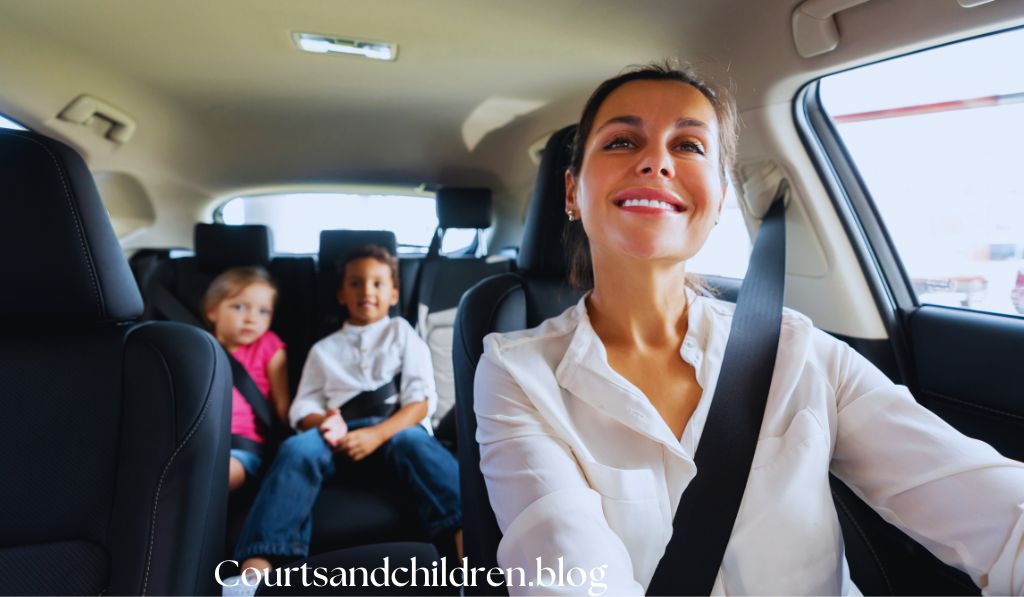In today’s traumatic international, you are constantly juggling a couple of obligations and racing in opposition to the clock.
When you are at the back of the wheel with your toddler within the backseat, that pressure to arrive on time can sometimes override your higher judgment.
Perhaps you’ve found yourself urging the accelerator only a little tougher, looking at the speedometer as you rush to make it to that crucial appointment.
But have you ever taken into consideration the legal and safety implications of this seemingly minor selection?
As a professional in child safety and transportation law, I’m right here to give an explanation for why rushing with a toddler in your car would possibly constitute more than just a traffic violation; it can be categorized as toddler endangerment.
The Legal Definition of Child Endangerment
Child endangerment takes place whilst you knowingly region a minor in a scenario that could harm their physical or mental well-being.
While definitions range through jurisdiction, most felony systems don’t forget reckless riding behaviors, consisting of immoderate rushing, as capacity grounds for infant endangerment expenses while minors are gift within the automobile.
Your Dual Responsibility as Driver and Guardian
When you deliver an infant, you assume two essential roles simultaneously: driving force and guardian.
This twin duty requires you to make driving selections that prioritize protection above convenience, timeliness, or any other competing problem.
The Serious Risks of Speeding With Children Present
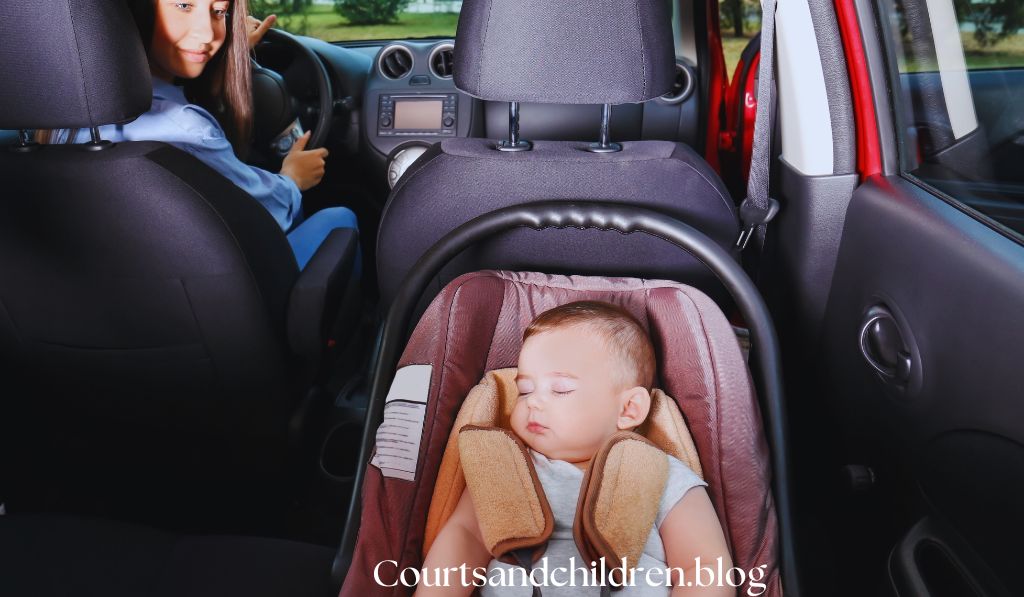
Speeding isn’t truly breaking an arbitrary rule—it basically alters the physics and protection parameters of your using experience in ways that disproportionately endanger young passengers.
Diminished Reaction Time and Control
When you exceed posted velocity limits, you dramatically reduce your available reaction time.
At 70 mph versus fifty five mph, you cover a further 22 ft in step with a second distance that would mean the distinction between heading off a collision and experiencing one. Children depend entirely in your ability to count on and respond to risks on the road.
Increased Impact Forces in Collisions
The physics are unforgiving: collision effect increases exponentially with pace.
Your vehicle’s kinetic electricity quadruples when you double your velocity, which means a crash at 60 mph promises 4 times the detrimental pressure of one at 30 mph. For a baby’s developing frame, these forces may be catastrophic.
Reduced Effectiveness of Safety Restraints
Even properly established car seats and discretion structures have obstacles.
When you velocity, you probably exceed the protection thresholds these structures were designed to provide.
What could be a survivable impact at criminal speeds might end up life-threatening while pace limits are overlooked.
Read also : Yelling at Someone Else’s Child: Legal Boundaries and Ethical Considerations
Children’s Unique Vulnerability to Speed-Related Injuries
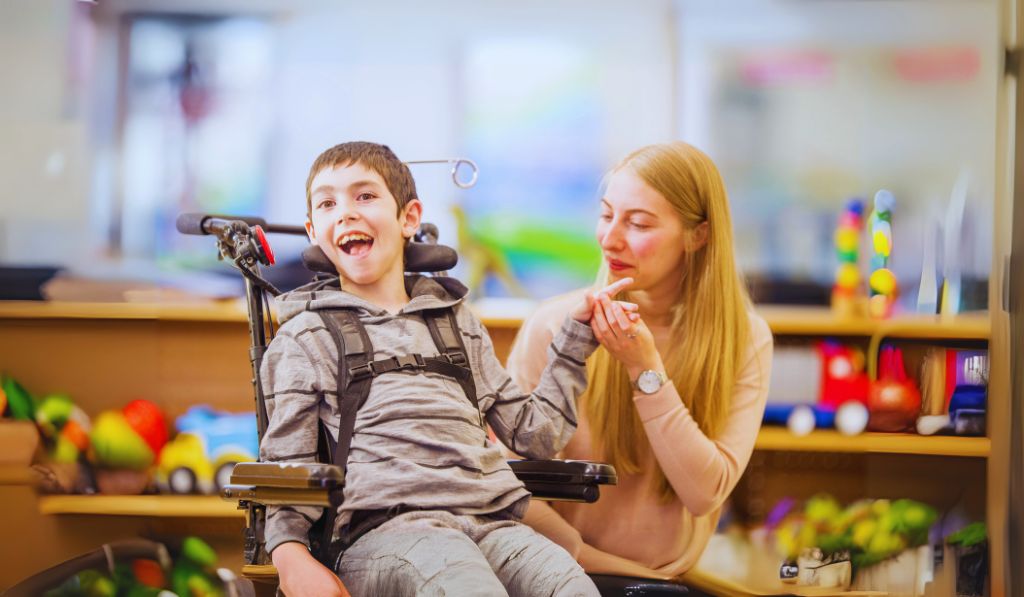
Your baby’s physical development makes them in particular vulnerable to injuries from high-velocity collisions, growing a delivered layer of responsibility for you as their protector.
Anatomical Vulnerability of Developing Bodies
Children’s bodies range extensively from adults in methods that boost their vulnerability for the duration of collisions.
Their heads are proportionally large, neck muscle tissue much less advanced, and skeletal structures still forming.
These physiological variations mean that forces effortlessly tolerated by way of a grownup can motivate severe trauma to a child.
Long-Term Consequences of Speed-Related Trauma
Injuries sustained throughout adolescence will have lifelong implications.
Brain development, skeletal increase, and mental well-being can all be completely laid low with trauma experienced in visitors’ injuries.
When you hurry an infant to your automobile, you are doubtlessly compromising their whole future.
Psychological Impact of Dangerous Driving
Even without an accident, your using conduct impacts your baby’s developing expertise of protection, hazard, and responsibility.
Children internalize your movements as everyday and ideal, potentially creating generational patterns of dangerous driving behaviors.
Legal Ramifications You May Face
The criminal gadget takes a mainly dim view of behaviors that endanger kids, and the outcomes of rushing with a baby to your car can extend a long way past a simple traffic ticket.
Traffic Violations vs. Criminal Charges
While an average dashing price ticket may result in fines and factors on your license, while children are concerned, you can face escalated prices.
What starts as a site visitors forestall ought to potentially bring about criminal prices if officers determine your speed creates a vast risk to the child’s welfare.
Jurisdictional Variations in Enforcement
Different states and localities interpret and put into effect toddler endangerment legal guidelines with various stages of severity.
In a few jurisdictions, truly exceeding the speed limit via a predetermined threshold with a toddler inside the automobile constitutes grounds for child endangerment costs, whilst others require extra elements which include reckless riding behaviors or prior offenses.
Potential Penalties and Long-Term Consequences
If convicted of baby endangerment associated with speeding, you may face significant prison time, significant fines, obligatory parenting classes, and probation.
Beyond the prison gadget, such expenses might trigger investigations via baby defensive services and could have an effect on custody preparations in a circle of relatives in courtroom court cases.
Impact on Your Child’s Well-being Beyond Physical Safety
The effects of your using decisions increase past on the spot physical safety concerns into realms of psychological and emotional improvement.
Creating Anxiety and Fear Around Transportation
Children who frequently experience excessive-pace, competitive riding may additionally increase transportation-associated tension that can persist all through their lives.
Your riding behavior shapes your infant’s notion of what constitutes normal and safe travel.
Normalizing Risk-Taking Behaviors
When you consistently velocity with your infant within the car, you inadvertently train them that rules are negotiable and that personal convenience outweighs community protection. This lesson extends a ways beyond using and may affect their approach to different safety rules and guidelines for the duration of life.
Trauma From Near-Misses and Close Calls
Even incidents that do not result in real collisions can create lasting trauma for kids.
The stress hormones launched all through close-to-pass over situations and the tension of feeling unsafe in a figure’s vehicle could have cumulative negative results on an infant’s developing frightened system.
Building a Culture of Safety in Your Family Vehicle
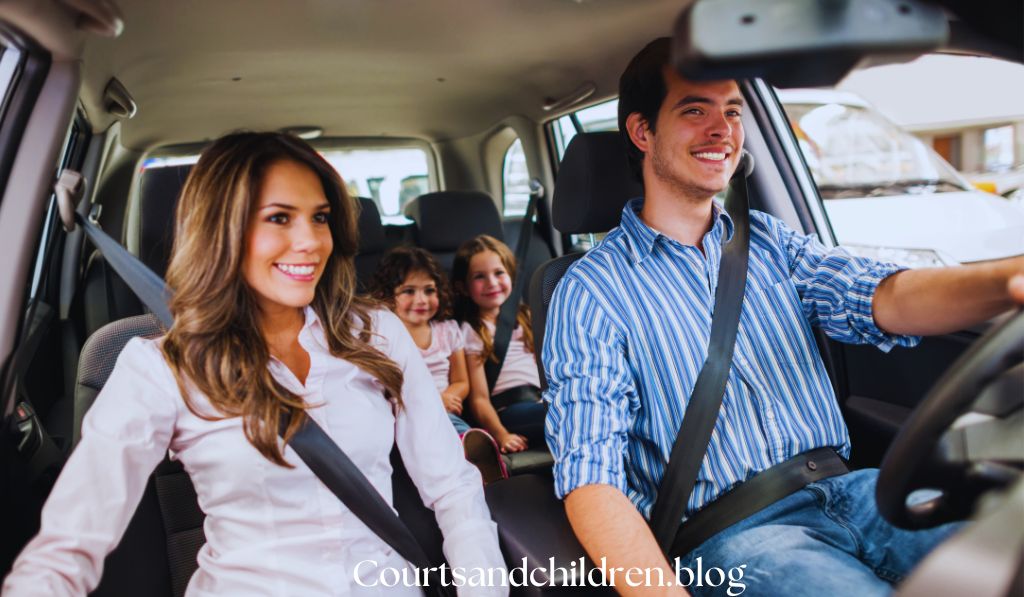
Creating and keeping a subculture of safe using calls for conscious attempt and steady exercise, especially while the pressures of everyday existence push you toward expediency over caution.
Establishing Personal Speed Guidelines
Consider growing personal velocity guidelines which are even more conservative than posted limits while transporting children.
Many safety experts recommend riding five-10 mph underneath the rate restrict in choicest situations whilst youngsters are gifted inside the automobile, and reducing pace even similarly in negative conditions.
Incorporating Time Buffers in Your Schedule
One of the simplest approaches to keep away from the temptation to speed is to construct buffer time into your travel plans.
By adding an additional 15-20 mins to your estimated travel time, you create an area for sudden delays without feeling compelled to exceed secure speeds.
Modeling Thoughtful Driving Narratives
Instead of expressing frustration about traffic or time constraints, use time as a possibility to version thoughtful selection-making on your kids. Verbalize your protection-oriented alternatives:
“I’m going to gradual down right here due to the fact that safety is more crucial than being 5 minutes early.”
Technology Solutions to Support Your Safe Driving Commitment

Modern generation offers numerous tools to help you maintain safe speeds and build better riding behavior, particularly while transporting treasured young passengers.
Speed Governing and Monitoring Applications
Various smartphone apps and automobile capabilities permit you to set pace limits and acquire alerts when you exceed them.
Some insurance businesses even provide programs that monitor your using conduct and offer comments or economic incentives for retaining secure speeds.
Advanced Driver Assistance Systems
Many more modern cars come ready with adaptive cruise manipulation, pace restrict popularity, and motive force interest monitoring systems that can help you hold appropriate speeds and live centered on the street when visiting with children.
Child-Oriented Transportation Tracking
Some family-focused apps permit older children to track the vehicle’s speed and ship mild reminders in case you begin to exceed safe limits, developing a collaborative method to transportation safety that empowers youngsters even as reinforcing your commitment to their safety.
Community Approaches to Protecting Child Passengers
Beyond personal obligation, groups play a vital position in establishing norms and structures that protect kids during transportation.
School Transportation Policies
Schools can put in force transportation regulations that discourage speeding in school zones and all through school-associated transportation.
Parent-trainer businesses can create carpooling arrangements that lessen time stress and emphasize protection over punctuality.
Neighborhood Speed Awareness Campaigns
Community-based tasks that highlight the presence of youngsters and the importance of keeping secure speeds can create social pressure that discourages rushing in residential areas and near places wherein youngsters accumulate.
Reporting Systems for Dangerous Driving
Many groups have hooked up reporting structures for identifying and addressing dangerous behaviors.
By taking part in these systems, you assist, create responsibility and defend not only your youngsters but all young passengers for your community.
Professional Guidance for Safe Child Transportation
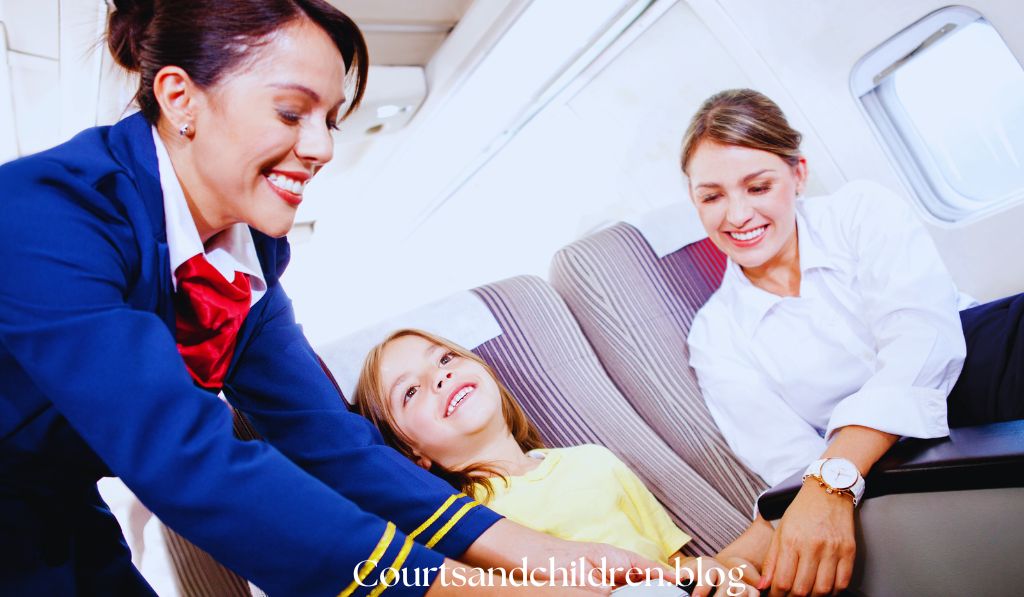
Experts in toddler protection and transportation provide treasured assets that will help you expand and hold secure riding behavior whilst children are in your car.
Consulting With Child Passenger Safety Technicians
Certified Child Passenger Safety Technicians can provide personalized steerage on now not simplest right set up of safety restraints however additionally on pace concerns primarily based at the particular restraint systems you operate and your infant’s developmental stage.
Defensive Driving Courses With Child Safety Focus
Specialized defensive riding courses focusing on transporting kids can provide sensible techniques for retaining secure speeds at the same time as handling the precise distractions and demanding situations that come with having young passengers on your automobile.
Mental Health Support for Stressed Parents
If you locate yourself constantly dashing and rushing due to overwhelming time table needs, recall consulting with an intellectual fitness professional who focuses on parenting stress.
They let you expand techniques for dealing with time stress without compromising protection.
Learning From Case Studies: When Speeding Led to Tragedy
Examining real-international effects of dashing with infant passengers can provide effective motivation for maintaining safe driving practices.
Statistical Realities of Speed-Related Child Injuries
National Highway Traffic Safety Administration facts are that velocity-related crashes account for approximately one-1/3 of all site visitors fatalities concerning children.
These aren’t simply statistics; they constitute actual kids whose lives have been reduced quickly or forever altered by adults’ decisions to speed.
Narratives of Regret: Parents Who Chose Speed
The testimonials of parents who made the fateful choice to speed with their kids within the vehicle offer heartrending insights into the lifetime of regret that can observe short-term lapses in judgment.
Their tales always emphasize that no appointment, event, or destination turned into well worth the risk they took.
Successful Interventions and Positive Outcomes
Balancing these cautionary stories, memories of dad and mom who made massive adjustments to their using behaviors after close-to-misses or warnings reveal that reputation of hazard can lead to transformative safety practices that shield youngsters and doubtlessly shop lives.
Shifting Social Perceptions About Speeding With Children

Changing societal attitudes in the direction of dashing with baby passengers requires both man or woman dedication and collective movement to establish new norms around toddler transportation protection.
From Normalized Risk to Recognized Endangerment
Historical perspectives on toddler passenger safety monitor how practices once considered normal (together with permitting kids to experience unrestrained) have come to be socially unacceptable as attention grew.
Speeding with youngsters is undergoing a comparable transformation in public notion.
The Role of Media in Shaping Perceptions
Media depictions of riding behaviors considerably affect public perceptions of ideal risk.
By seriously comparing media portrayals of dashing and advocating for responsible representations, you make a contribution to transferring the cultural narrative round transportation safety.
Peer Influence Among Parents and Caregivers
Your private commitment to secure driving speeds can have an impact on different dad and mom in your social circle.
By overtly discussing your safety priorities and strategies for averting speeding with children, you assist normalize these defensive behaviors within your network.
International Perspectives on Child Passenger Protection
Around the world, special procedures to prevent speed-related harm to toddler passengers offer treasured insights for enhancing safety practices to your own riding.
Graduated Speed Restrictions in European Models
Several European countries implement greater stringent velocity restrictions for automobiles transporting kids, with vast penalties for violations.
These fashions reveal the effectiveness of focused rules in lowering toddler transportation accidents.
Educational Approaches in Asia-Pacific Regions
Some countries in the Asia-Pacific vicinity emphasize educational interventions that start in early adolescence and preserve for the duration of the developmental years, creating a lifestyle wherein safe using with kids gift is taken into consideration a fundamental social obligation.
Global Best Practices You Can Adopt Today
From these international processes, you can undertake practices which include extra automobile signage indicating baby passengers, self-imposed pace regulations, and circle of relatives protection agreements that set up clean expectations for every person transporting your youngsters.
Conclusion: Your Role in Ensuring Child Passenger Safety
As we have explored the various dimensions of dashing with youngsters in your car, one truth remains steady:
- the decision to maintain safe speeds whilst transporting kids reflects your innermost values concerning safety, responsibility, and care.
- By consistently deciding on safety over expediency, you no longer most effectively guard your precious passengers from immediate physical damage.
- however additionally make a contribution to growing a lifestyle where infant endangerment through dashing becomes unthinkable.
- Remember that on every occasion you pressure a toddler on your vehicle, you are making dozens of selections that have an effect on their wellness.
By preserving suitable speeds, permitting ok time for journey, and prioritizing protection exceptionally different considerations, you satisfy your maximum essential obligation as a caregiver.
Read also: Can a Stepfather Claim Their Stepchild on Tax Returns? The Complete Guide

